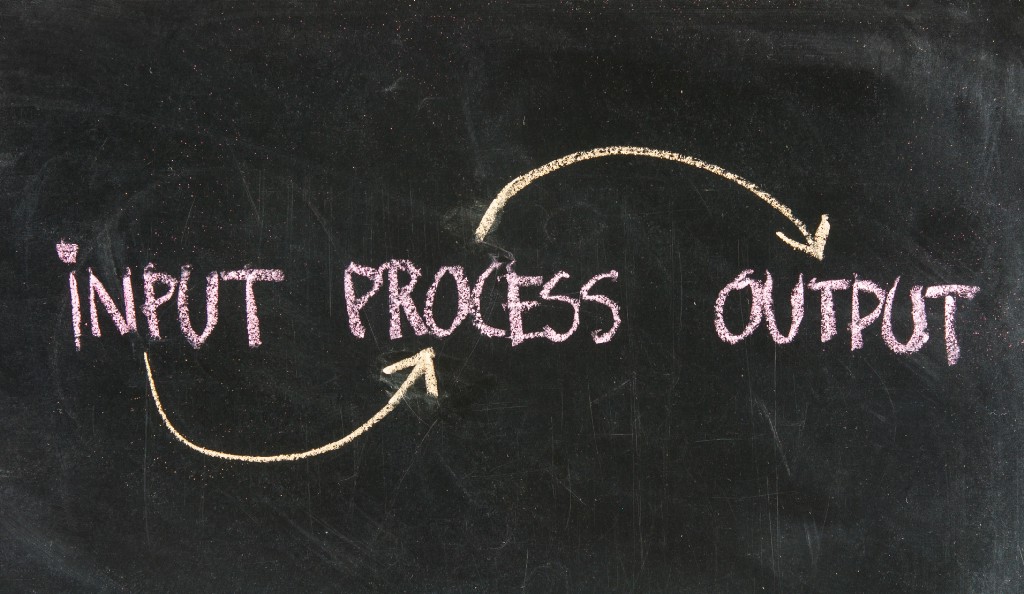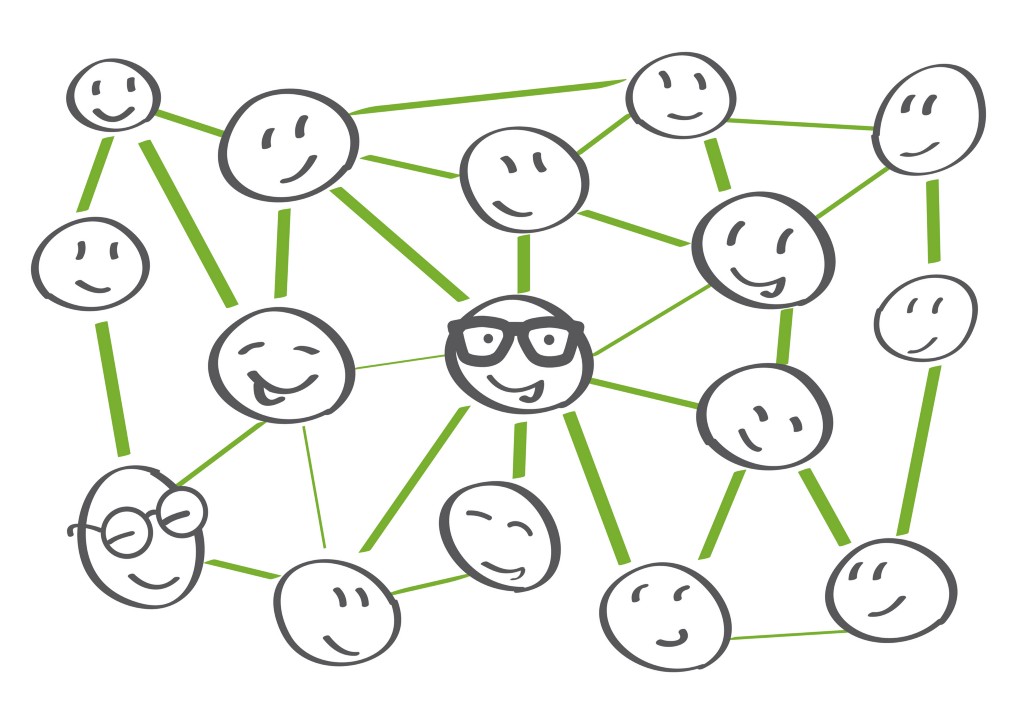
There are 3 stages for product management: INPUT → Process → OUTPUT.
INPUT represents the ideas people (yourself included!) have for your product. Ideas come in all shapes and sizes from all sorts of people and channels. Process is the creative work product managers do to prioritize — from the many possible versions of a product — which version will actually be built. OUTPUT is the version of the product to be built (epics, user stories, requirements, mockups, etc).
The value derived from output depends on the quality of input and your process for converting raw ideas and feedback into effective solutions.

Source: Cargo Collective
The input problem, like Rich Mironov describes here, is that most agile teams use program/project management tools such as Jira or Trello for tasks to build software products even though the success of those tools depends on already having an effective output from product management. Most product management tools lack an emphasis on how to incentivize and collect input from stakeholders or how to process input into output.
Everyone understands that user feedback matters, that collaboration matters. Like Rich mentioned in his post, 1 extra month spent on input could save 12 months worth of development hours.
Emphasis on input adds communication challenges and complicates your process, but ultimately creates more product value.

Creating alignment around the direction of a product is one of the most valuable and often overlooked roles of product management. Two key ingredients for creating alignment are having accessible channels for input and a culture of gratitude for feedback. Effective input requires a diversity of experiences, use cases, and ideas.
The more diverse and collaborative the input, the more informed and valuable the output.
As a product manager, I need an easy way for the people I’m working with to share their ideas and a way to collect real-time user feedback. These are my input channels. Collaboration with my input channels is nurtured and incentivized through gratitude and a process for closing the feedback loop.
It’s easy to overlook the value of feedback. Let’s face it, all ideas are not created equal. However, too often user feedback is perceived as something to “deal with” instead of something to be grateful for.
Every time a colleague goes out of their way to let me know something they heard from a customer or an idea they had in the shower, they’re giving me an opportunity to be better at my job. Every time a user goes out of their way to give feedback, they’re gifting me with their time and the knowledge of how to create more value for them. I’d take this customer any day over the customer who suffers in silence for months before cancelling their account.
When you think of feedback as a gift, it’s a constant reminder of how much people care about what you’re building and that it matters to them.
A product manager owns the output of a sprint, the input of a sprint is owned by everyone.
Closing the feedback loop is important because I don’t want my input channels to feel like the generosity of their ideas goes unnoticed or their feedback ends up in a blackhole. At scale, incentivizing input requires a culture of internal and external gratitude.
Quality input is incentivized with inclusive, transparent experiences around submitting feedback. Be grateful when people share their ideas. Acknowledge their experience. Thank them. Follow up with them. Show how much their ideas mean to you. When users submit feedback you have a unique opportunity to create joy by engaging them in a way that exceeds their expectations.
Externally we show gratitude with regular product updates. We take things a step further with our public product roadmap and by following up with every user that submits product feedback.
Internally an emphasis around our roadmap reinforces a shared vision and encourages input. Productivity and engagement increases when everyone is confident we’re heading in the right direction, we’re celebrating our work, and people feel appreciated.

Last year SiriusDecisions asked product management leaders about the top 5 skills product managers and their teams needed to improve and the second skill listed (right under collecting product feedback & measuring satisfaction) was communicating product roadmaps.
Internal feedback and the need for status updates often arise from ‘now’ moments. Now moments are real-time scenarios where non-product teammates are inspired to communicate with or learn something from the product team. Examples of now moments could be someone on the sales team hearing objections about missing features during a demo or a customer success rep reassuring a customer in live chat that their request is in the works.
The team over at Basecamp talks about this type of real-time communication for status updates and how it encourages distractions compared to asynchronous communication that encourages focus.
We use Roadmap as an asynchronous input channel for collecting product feedback internally and externally. We also use Roadmap to communicate the direction of our product with different audiences who are interested in what we’re working on.

An emphasis on input means more data and better, more informed decisions about your product. Tools for product management should help product managers collect feedback in formats to prioritize competing initiatives and close the feedback loop with stakeholders.
At some point, regardless of input volume or feedback automation, every product manager suffers from decision fatigue. There isn’t always a right answer or easy answer to the question: ”‘What should we do next?”
It’s difficult to compare analytics to the politics of product vision or the pressures of competitive advantage. Having clear business objectives helps product managers make data-driven decisions about things that are harder to quantify and require subjectivity.
At Roadmap, we use 4 objectives to make decisions about our product roadmap. In other words, if an idea for our product doesn’t easily fit into at least one of these objectives, it doesn’t make it to our roadmap. The goal is to create sprints that balance these objectives over time, so that no core objective is ignored or favored too much.
Objective #1: Product Vision
Product vision extends from company vision and inspires our core product value. Our vision is to help build products people love and to celebrate the people who make them.
Sometimes we build things because of product vision that people aren’t necessarily asking for, but we know solves a problem important to us. For example, I’d used Intercom at various companies for ~3 years starting as a customer support rep. I lived and breathed the problem our Intercom integration solves.
Even though users weren’t asking for it, we built it because of our vision and it’s now one of the integrations customers love the most.
Objective #2: Customer Joy
The Customer Joy objective is inspired by The Customer Delight Playbook by Sujan Patel. Read. It.
Customer focus to us means creating a culture of gratitude for user feedback and codifying the way our community inspires us. Customer joy as an objective gives our customers and the customer success team a cozy seat at the table and warm spot in our hearts.
One of my favorite things we’ve built with this objective and inspired by Sujan Patel’s advice to under-promise and over-deliver was our Slack integration. We knew users wanted Slack notifications because we got 80+ claps for the idea on our roadmap. With a little extra effort and a few of our favorite emojis, we created cheeky notifications to bring the lolz and create delight.
Objective #3: Sustainability
As an objective sustainability represents the things our product or business needs to invest in to keep the lights on.
Often times for our product this means projects related to security, testing, and architecture. Sustainability is the least ‘sexy’ of our objectives and it often represents things no one necessarily asks for but everyone on the team knows we need.
Sustainability keeps us focused on creating value over time and not prolonging decisions or neglecting what’s in the best interest of our business.
Objective #4: Competitive Advantage
Competitive advantage means making decisions that keep us competitive in our market.
Competitive advantage decisions are based on feedback from trial users or from during the sales process. If we’re losing opportunities because of missing functionality or value, we want to know about it.
A dialogue between sales and the product team creates alignment around buyer personas and keeps sales confident that buyer objections are handled in a thoughtful way.